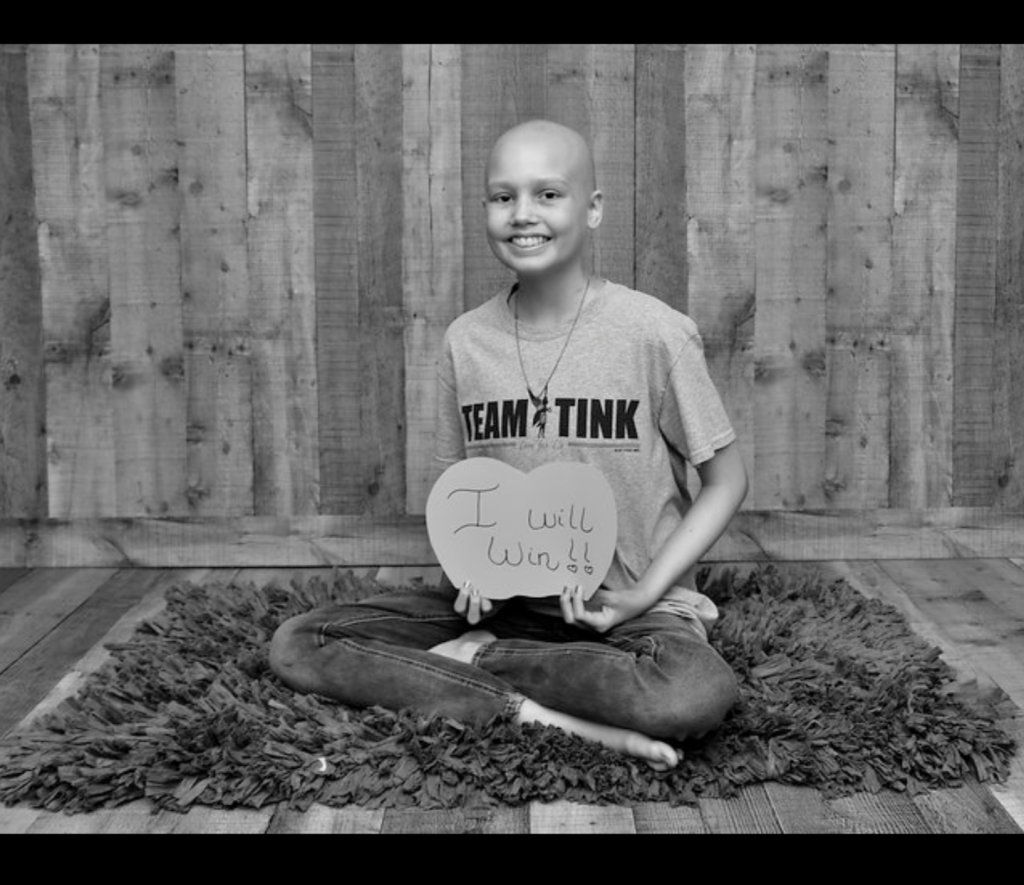Meet Kyler…
A monster truck loving, lego building typical 4-year-old who has been diagnosed with Acute Lymphoblastic B-Cell Leukemia.
In October 2017, Kyler started having unexplained fevers in the evening for approximately three weeks. He then began suffering from leg pains in the middle of the night. The pains were so severe that he would cry all night long and refuse to walk. His mother, Ashley, decided to take him to the pediatrician. The doctor performed labs on Kyler and he was referred to a specialist for possible juvenile rheumatoid arthritis. Subsequently after, he was referred to an oncologist. The oncologist scheduled a bone marrow biopsy confirming Ashley’s worst fear. 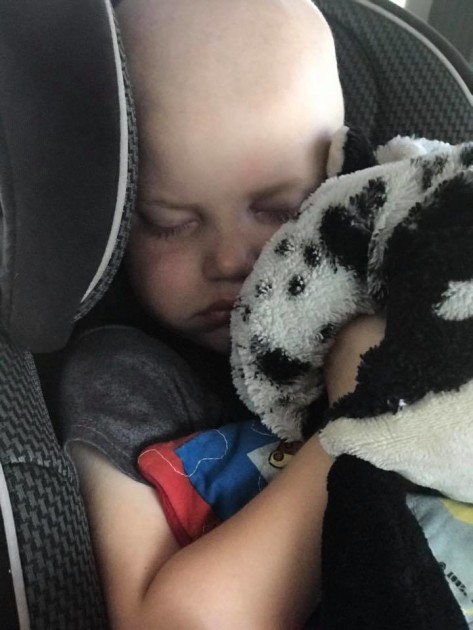
On November 21, 2017 Kyler was diagnosed with Acute Lymphoblastic B-Cell Leukemia. “Our visit with the oncologist was the longest 2 hours of my life. At that time, most of out family was in town for Thanksgiving. We made a decision to wait until the day after Thanksgiving to admit Kyler. On 11/24/17, we were at the hospital at 5 am for Kyler to have a port placed and was admitted to Beverly Knight Olson Children’s Hospital to begin treatment” remembers Ashley, Kyler’s mom.
Kyler is undergoing aggressive treatment consisting of chemotherapy given through a port, intrathecal chemotherapy, chemotherapy pills and steroids. His protocol and treatment progresses through phases; induction, consolidation/intensification and maintenance. As a result of the treatment, “Kyler has developed a foot drop in the right foot and peripheral neuropathy from Vincristine,” Ashley said. He is in physical therapy for his foot and now in speech therapy as a result of the neuropathy drug Neurontin. Kyler is suffering from PTSD as a result of the traumatic process and takes antidepressants to help him self-regulate. Currently, he’s waiting for occupational therapy because of weakness in his arms and hands due to neuropathy.
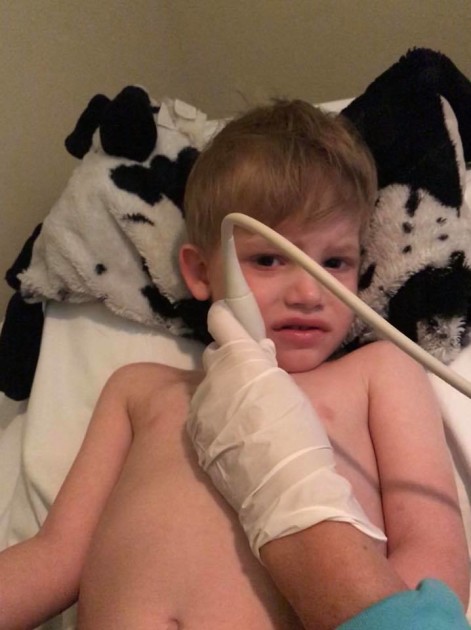 When treatment began, Kyler could not comprehend what was going on, but now one year older, and Kyler can express his feelings about treatment and cope. Ashley said, “Over the last three months, Kyler has really began to cope with the disease. He has began to talk about his feelings and is understanding more and more. We try to explain things to him in a way he can understand.”
When treatment began, Kyler could not comprehend what was going on, but now one year older, and Kyler can express his feelings about treatment and cope. Ashley said, “Over the last three months, Kyler has really began to cope with the disease. He has began to talk about his feelings and is understanding more and more. We try to explain things to him in a way he can understand.”
Kyler began pre-kindergarten last August, and he loves his teacher and school. He is enjoying interacting with others and going to the playground. Kyler loves the beach and playing outside and in the mud. He loves playing with his transformers toys, dinosaurs and searching for bugs. Kyler is one tough warrior saying “because I’m brave and do my port, I don’t ever give up, because I’m KylerStrong.”
He is currently in treatment at Beverly Knight Olson Children’s Hospital in Macon, Georgia.
You can follow Kyler’s story on Facebook at @kylerwpike
Donate today to help cancer fighters like Kyler: https//www.acco.org/donate
More about Childhood Leukemia Cancers:
- About Childhood Leukemia Cancer – Detection and Diagnosis
- Causes, Risk Factors, and Prevention of Childhood Leukemia Cancer
- What are the signs and symptoms of Childhood Leukemia Cancer?
- Childhood Leukemia Cancer Treatment
- What is the expected life span of Childhood Leukemia Cancer?
- After Treatment – Living as a Childhood Leukemia Cancer Survivor
Learn More About the Different Types of Childhood Cancers:
- Childhood Brain Tumor Cancer (Brain Stem Tumors)
- Spinal Cord Tumor Cancer
- Childhood Neuroblastoma Cancers
- Childhood Hodgkin Lymphoma Cancers
- Non-Hodgkin Lymphoma Cancers
- Wilms tumor (Kidney Tumors)
- Rhabdomyosarcoma
- Retinoblastoma
- Bone cancer (including osteosarcoma and Ewing sarcoma)
- Leukemia Cancers: Acute lymphocytic (lymphoblastic) leukemia (ALL) Acute myelogenous leukemia (AML); Juvenile myelomonocytic leukemia (JMML)
- Hepatoblastoma (Liver Cancer)
- Rhabdoid Tumors
Together, we can make a difference.
Donate today because kids can’t fight cancer alone®.
About American Childhood Cancer Organization
The American Childhood Cancer Organization was founded in 1970 by parents of children and adolescents diagnosed with cancer. As the nation’s oldest and largest grassroots organization dedicated to childhood cancer, ACCO is committed to shaping policy, supporting research, raising awareness, and providing free educational resources to kids with cancer, survivors, and their families. Additionally, ACCO is the sole U.S. member of Childhood Cancer International (CCI) and has helped support more than half a million families over the past 50 years. Help make childhood cancer a national health priority because kids can’t fight cancer alone®.
For more information about how ACCO can help your family, call 855.858.2226 or visit:





 On May 3, 2018 Abby was diagnosed with a tumor in her brain. Debbie remembers, “We went into this room that felt like it was smaller than a cardboard box. That is when I heard the words, ‘Your daughter has a tumor in her brain. From where it is, I am thinking it is a cancer that children are known to get.
On May 3, 2018 Abby was diagnosed with a tumor in her brain. Debbie remembers, “We went into this room that felt like it was smaller than a cardboard box. That is when I heard the words, ‘Your daughter has a tumor in her brain. From where it is, I am thinking it is a cancer that children are known to get. 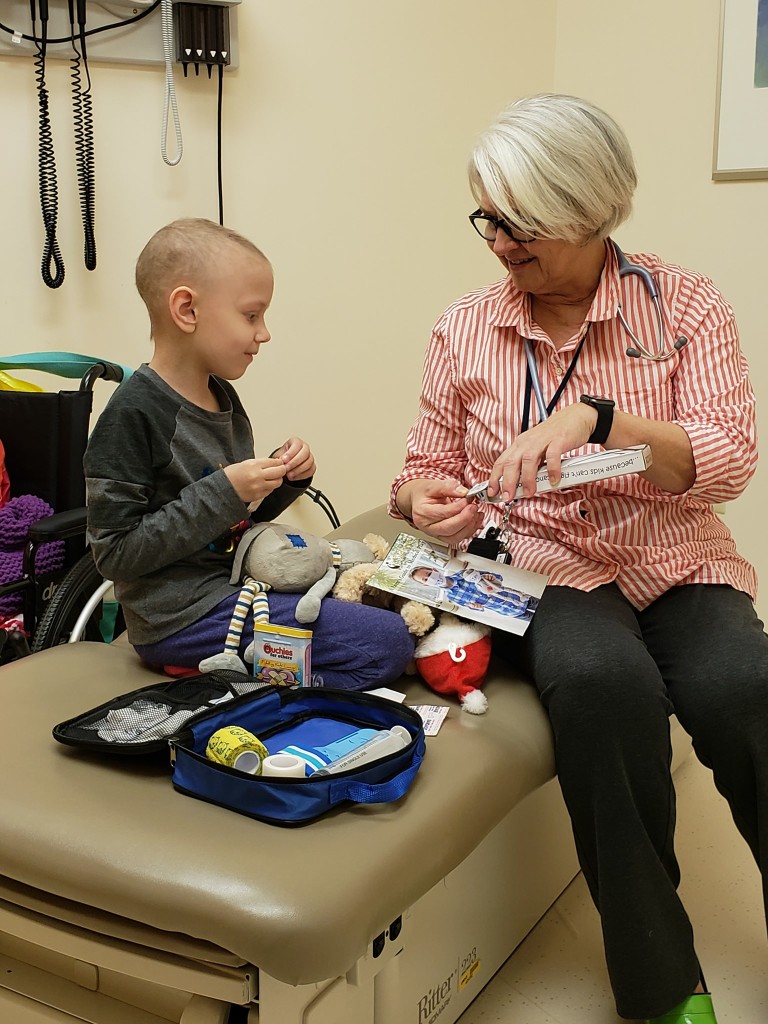
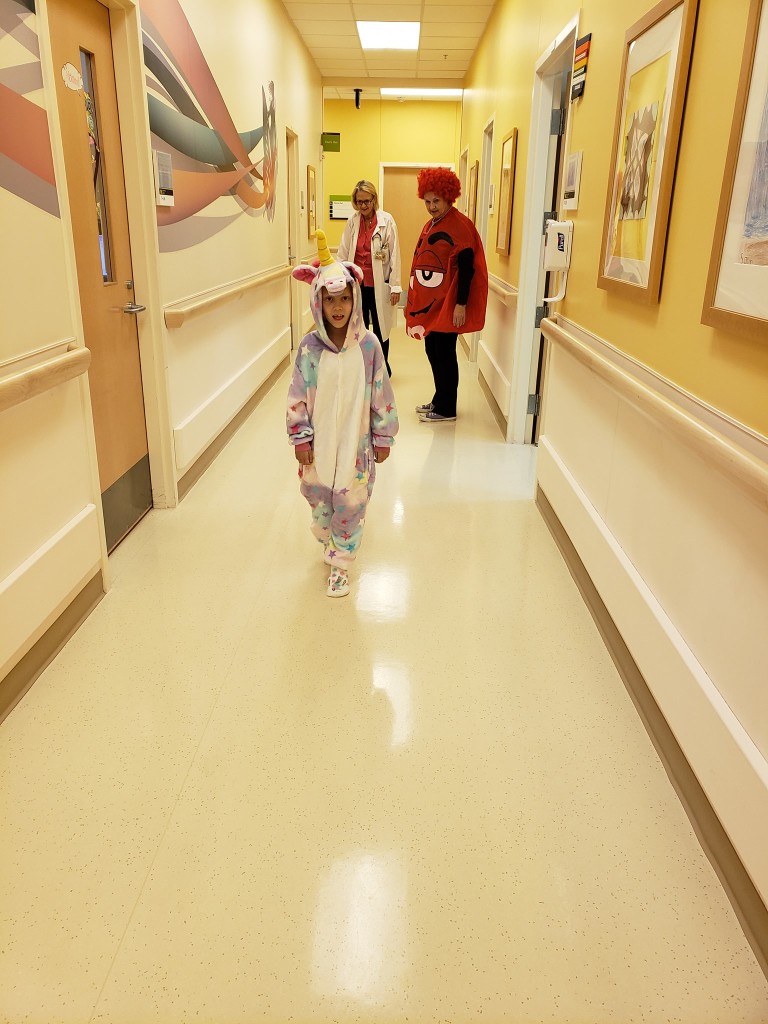 Radiation started just after Abby’s 7th birthday. After a few treatments, Abby’s scalp began to become sore so Debbie knew it was time to cut her hair shorter. Later, the radiation would take her hair. The harsh treatments made Abby see flashes of light and smell weird smells. These treatments required her to be face down and strapped to a board, which Abby did not like. Abby was able to ring the bell on July 19th after 30 rounds of radiation. On August 28, 2018, Abby started maintenance chemotherapy which will last until July 2019.
Radiation started just after Abby’s 7th birthday. After a few treatments, Abby’s scalp began to become sore so Debbie knew it was time to cut her hair shorter. Later, the radiation would take her hair. The harsh treatments made Abby see flashes of light and smell weird smells. These treatments required her to be face down and strapped to a board, which Abby did not like. Abby was able to ring the bell on July 19th after 30 rounds of radiation. On August 28, 2018, Abby started maintenance chemotherapy which will last until July 2019.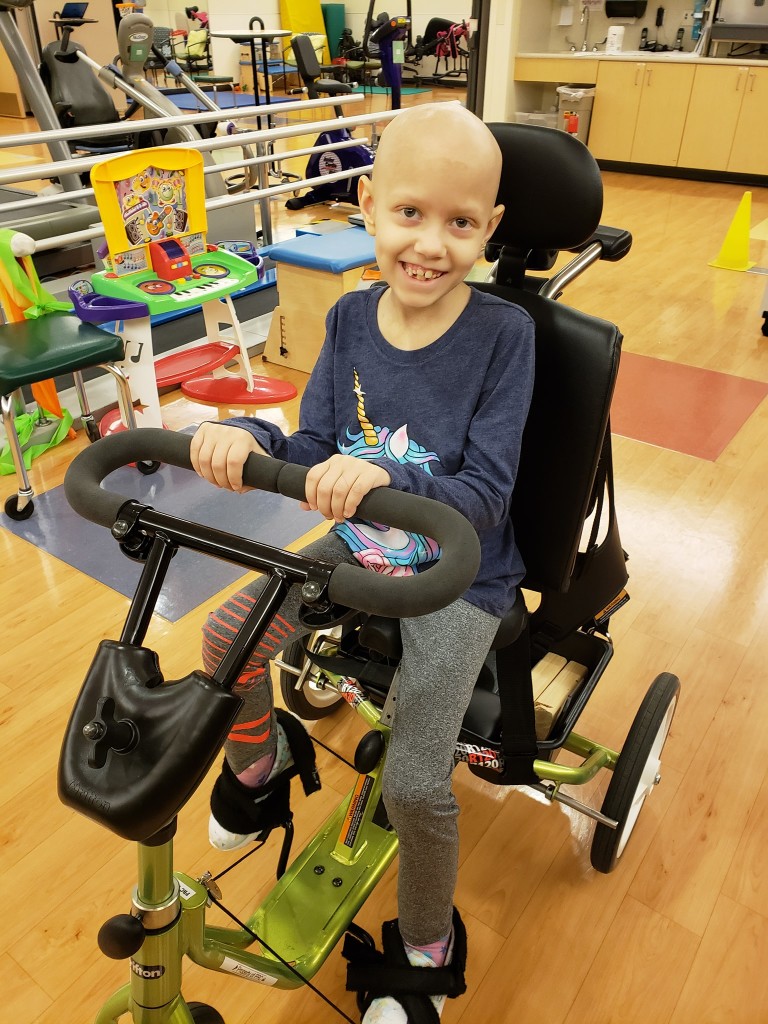
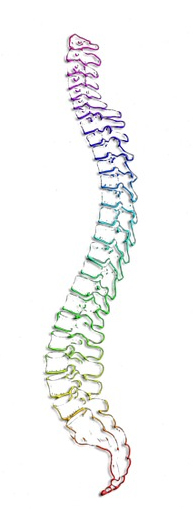 Before beginning a discussion of general statistics relating to spinal cord tumors, it is important to note up front several key issues.
Before beginning a discussion of general statistics relating to spinal cord tumors, it is important to note up front several key issues.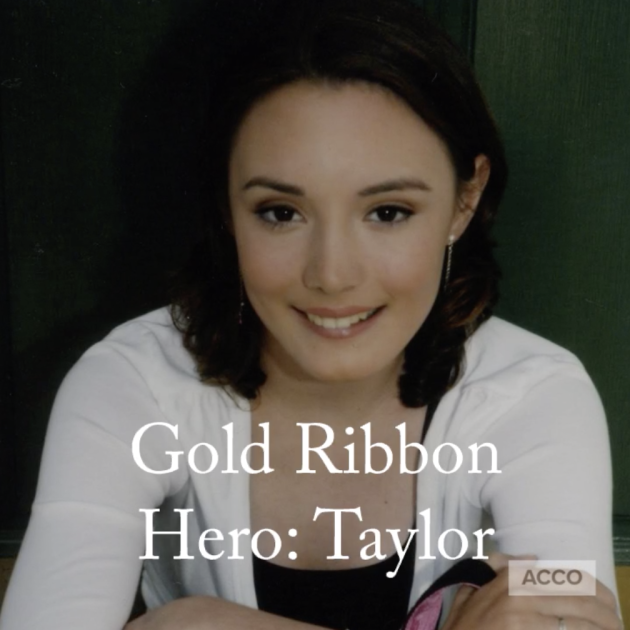 Meet Taylor, 16-year-old ambitious designer and entrepreneur. Taylor was determined to live life to the fullest, and wanted to be known as “a kid with cancer, never a cancer kid.” She didn’t want cancer to define her. Devastatingly, she passed away after a five year battle with cancer. Sue, her mother, said, “Taylor believed in life that all you need is love, and her memory is indelibly imprinted onto the hearts of everyone she left behind.”
Meet Taylor, 16-year-old ambitious designer and entrepreneur. Taylor was determined to live life to the fullest, and wanted to be known as “a kid with cancer, never a cancer kid.” She didn’t want cancer to define her. Devastatingly, she passed away after a five year battle with cancer. Sue, her mother, said, “Taylor believed in life that all you need is love, and her memory is indelibly imprinted onto the hearts of everyone she left behind.”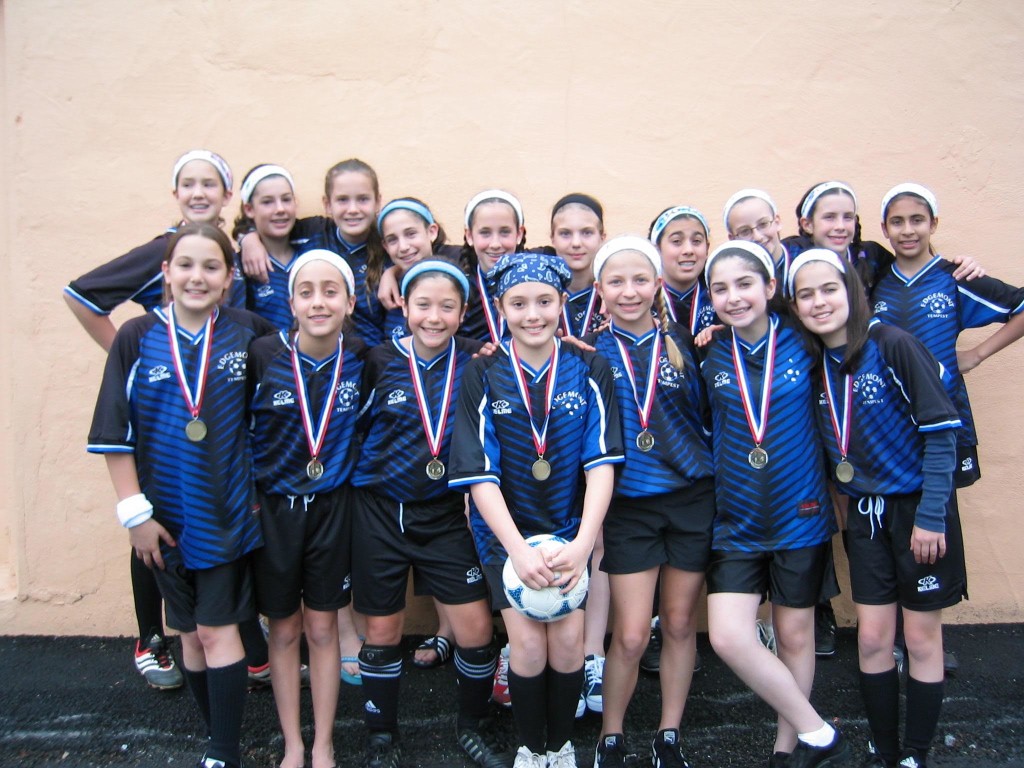
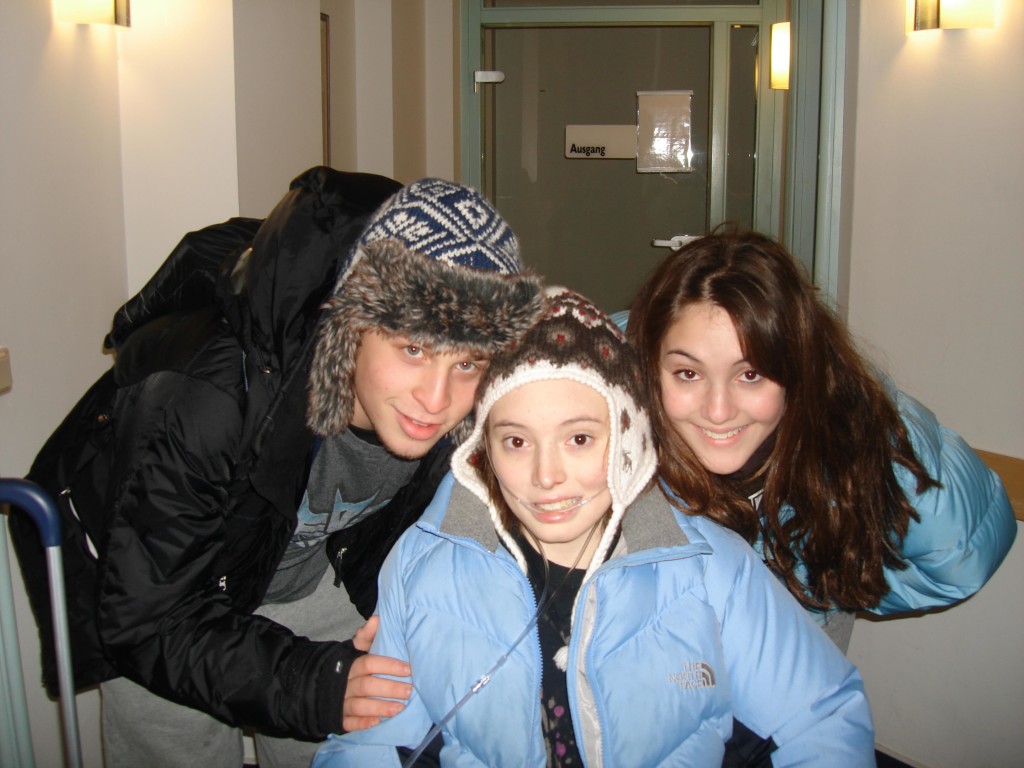 In an excerpt from her book, “Paint Your Hair Blue, A Celebration of Life with Hope for Tomorrow in the Face of Pediatric Cancer” Sue writes: “Taylor’s life was not only about what she accomplished, but also about what she left behind. Her boundless optimism, even at the bleakest moments, and her zest for life, even as death neared, taught me more about love than I thought there was to know. Taylor believed in life that all you need is love, and her memory is indelibly imprinted onto the hearts of everyone she left behind.”
In an excerpt from her book, “Paint Your Hair Blue, A Celebration of Life with Hope for Tomorrow in the Face of Pediatric Cancer” Sue writes: “Taylor’s life was not only about what she accomplished, but also about what she left behind. Her boundless optimism, even at the bleakest moments, and her zest for life, even as death neared, taught me more about love than I thought there was to know. Taylor believed in life that all you need is love, and her memory is indelibly imprinted onto the hearts of everyone she left behind.”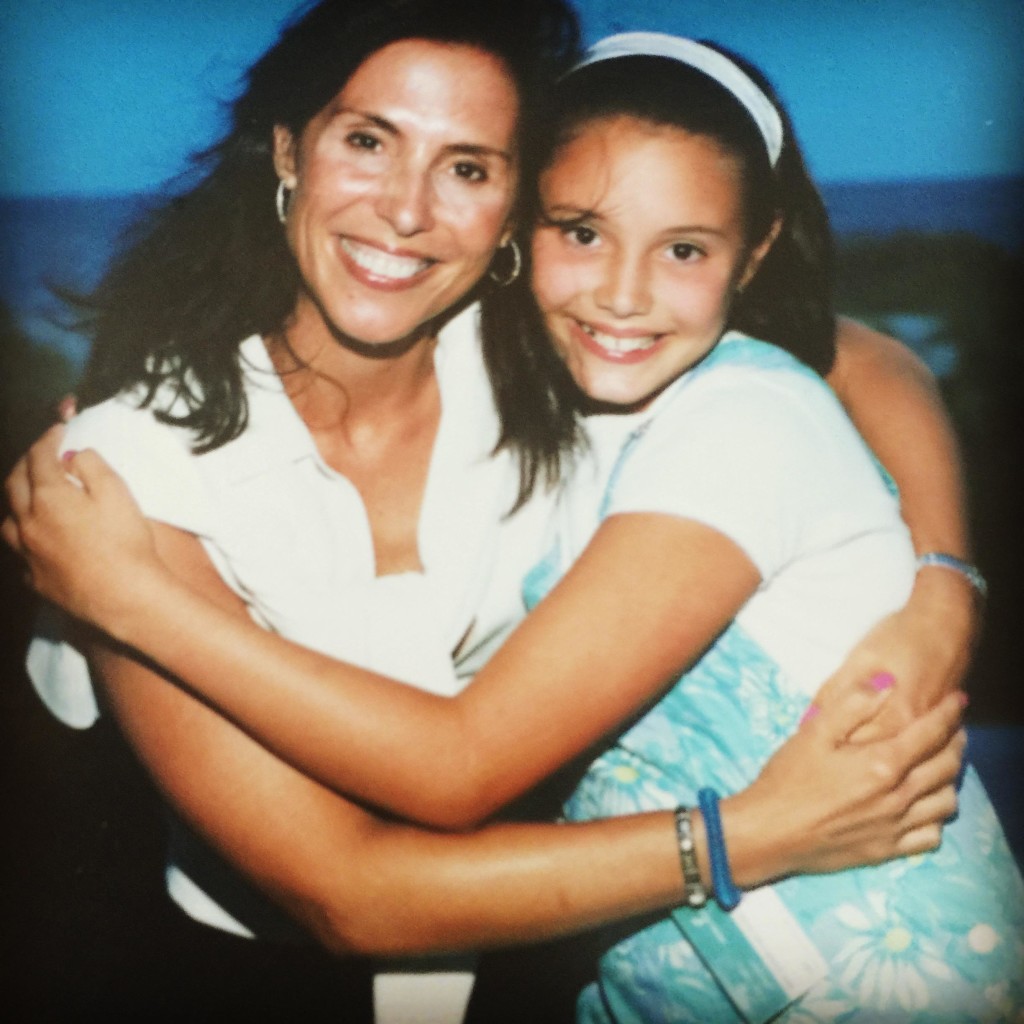
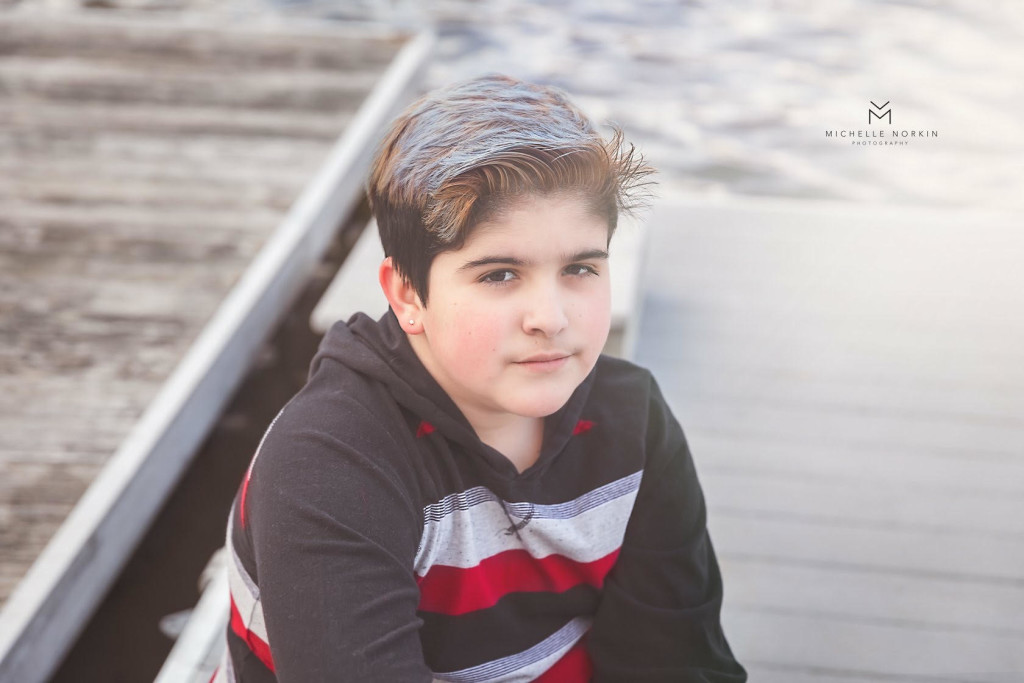
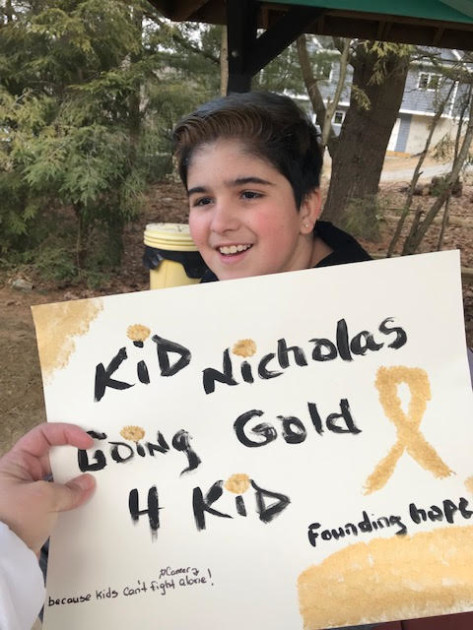 “It is hard to imagine what I felt. It was as if someone took my breath away and I found myself struggling just to breathe. As parents we don’t have the luxury of falling apart, and I quickly rallied to ask about the x-ray done in September when I was told that my son was constipated. They pulled the x-ray and the mass was in the same place that they misdiagnosed as constipation” remembers Patricia.
“It is hard to imagine what I felt. It was as if someone took my breath away and I found myself struggling just to breathe. As parents we don’t have the luxury of falling apart, and I quickly rallied to ask about the x-ray done in September when I was told that my son was constipated. They pulled the x-ray and the mass was in the same place that they misdiagnosed as constipation” remembers Patricia.
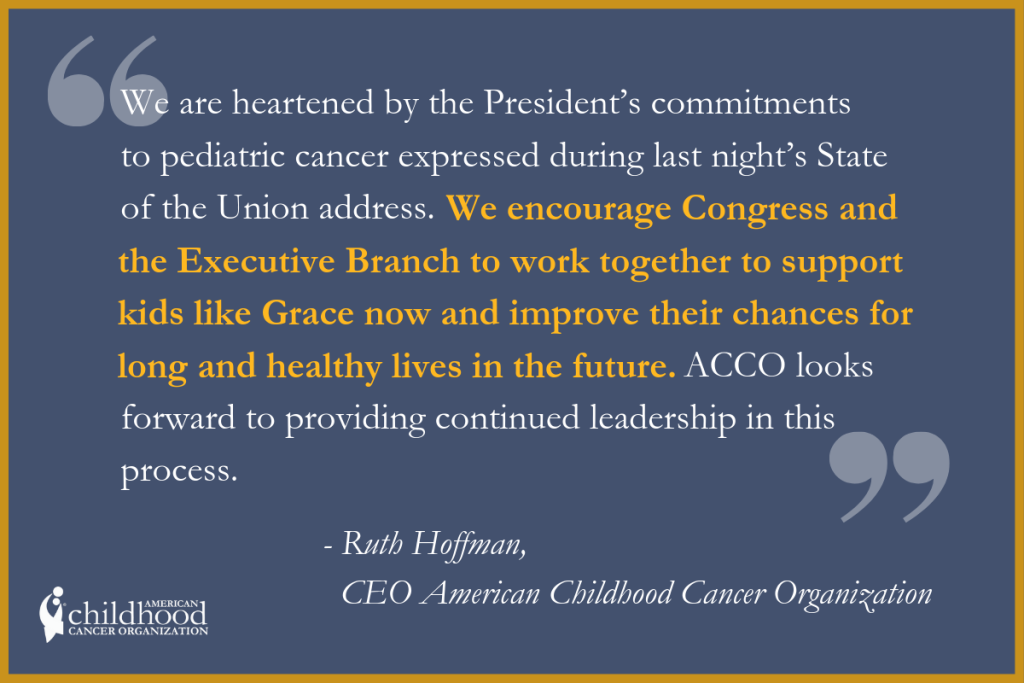
 American Childhood Cancer Organization Gold Ribbon Hero to Attend 2019 State of the Union Address
American Childhood Cancer Organization Gold Ribbon Hero to Attend 2019 State of the Union Address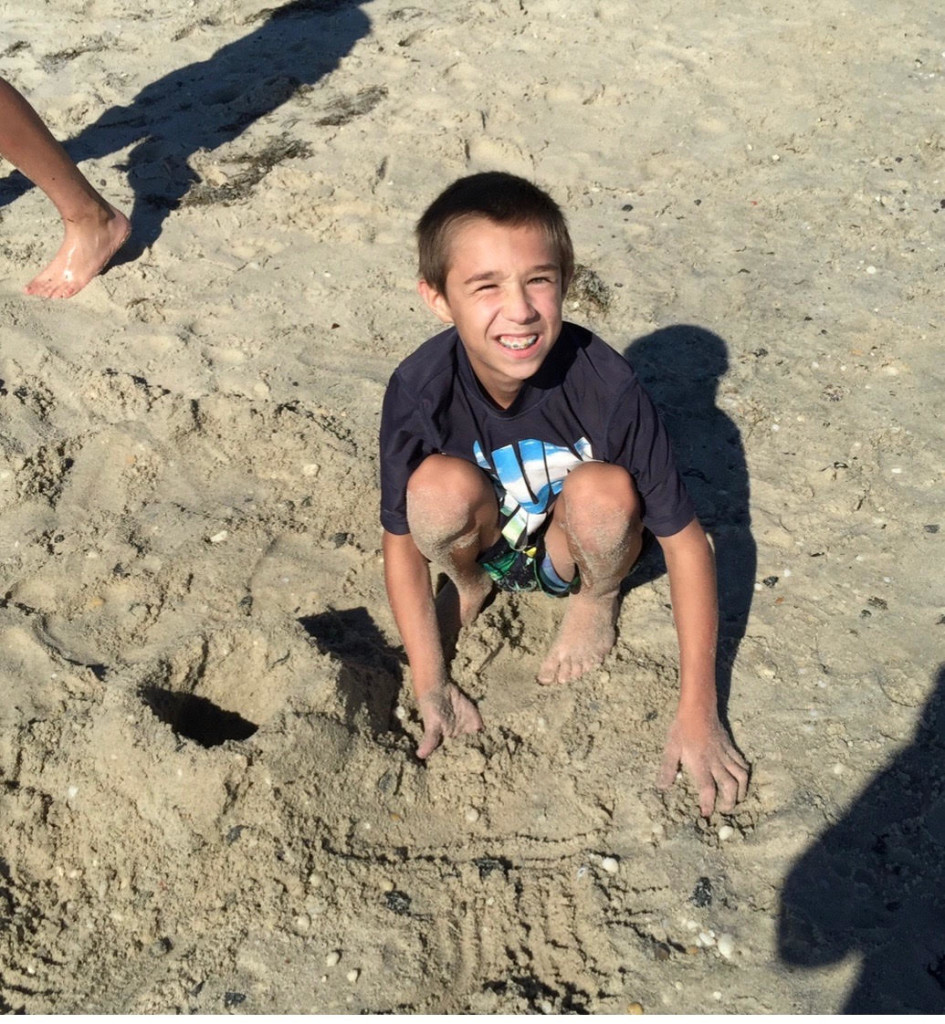 eet Jake, a master builder, explorer and a creator who was taken too soon. Jake had an “imagination like no other and he loved an adventure. He loved hiking, exploring old abandoned railroads and creating” recalls his mother, Sandy. He loved “legos, building blocks, sticks, rocks, you name it and he could make something out of it.”
eet Jake, a master builder, explorer and a creator who was taken too soon. Jake had an “imagination like no other and he loved an adventure. He loved hiking, exploring old abandoned railroads and creating” recalls his mother, Sandy. He loved “legos, building blocks, sticks, rocks, you name it and he could make something out of it.” 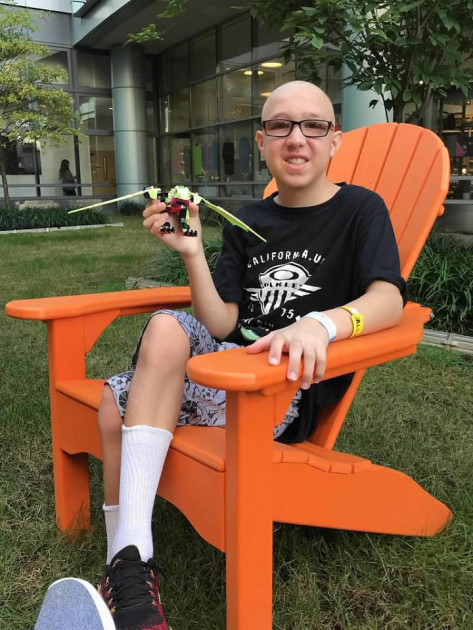

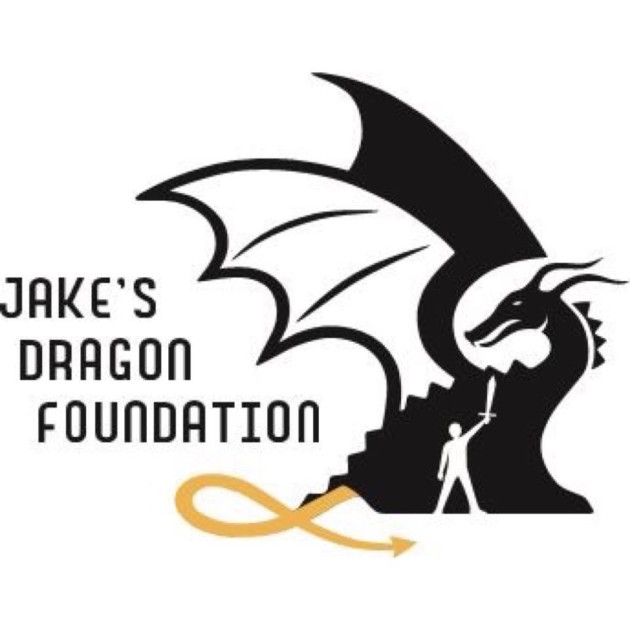
 Meet Michele, a forever 24-year-old cancer warrior that was taken too soon. Just by looking at Michele’s social media, you could tell that she loved to live life. She loved traveling, especially to the beach. Michele fought a three year battle with alveolar rhabdomyosarcoma (RMS). The cancer was initially found in her forearm in 2013. In the fall of 2014 she relapsed. In the final year of her cancer journey, she was referred to another oncologist who tried a new chemotherapy that seemed to be working for a short time from February to June of 2016.
Meet Michele, a forever 24-year-old cancer warrior that was taken too soon. Just by looking at Michele’s social media, you could tell that she loved to live life. She loved traveling, especially to the beach. Michele fought a three year battle with alveolar rhabdomyosarcoma (RMS). The cancer was initially found in her forearm in 2013. In the fall of 2014 she relapsed. In the final year of her cancer journey, she was referred to another oncologist who tried a new chemotherapy that seemed to be working for a short time from February to June of 2016. 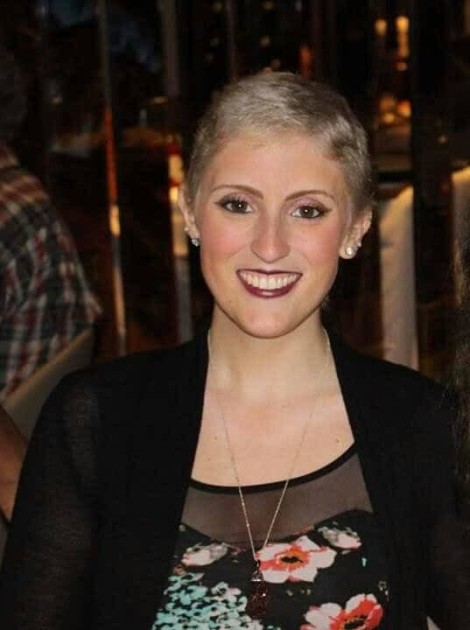
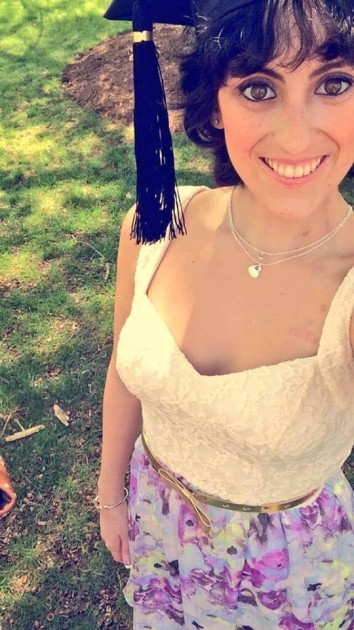 During her fight, she continued college and graduated from University of Connecticut with a BA in Psychology, minoring in Women’s Studies. She held a 3.74 GPA and was the Magna Cum Laude with high honors. She even started graduate school for her Master’s degree in Social Work at Southern Connecticut State University. She wanted to prove that, “yes, I have cancer; but cancer doesn’t have me”, as she would state on her Facebook page.
During her fight, she continued college and graduated from University of Connecticut with a BA in Psychology, minoring in Women’s Studies. She held a 3.74 GPA and was the Magna Cum Laude with high honors. She even started graduate school for her Master’s degree in Social Work at Southern Connecticut State University. She wanted to prove that, “yes, I have cancer; but cancer doesn’t have me”, as she would state on her Facebook page.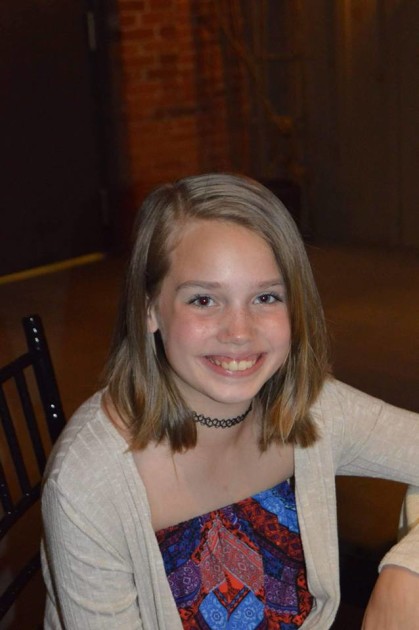 Meet Olivia, a dynamic and determined 13-year old who loves theater and softball. Olivia is a brave cancer warrior currently fighting acute lymphoblastic t-cell leukemia (ALL).
Meet Olivia, a dynamic and determined 13-year old who loves theater and softball. Olivia is a brave cancer warrior currently fighting acute lymphoblastic t-cell leukemia (ALL).
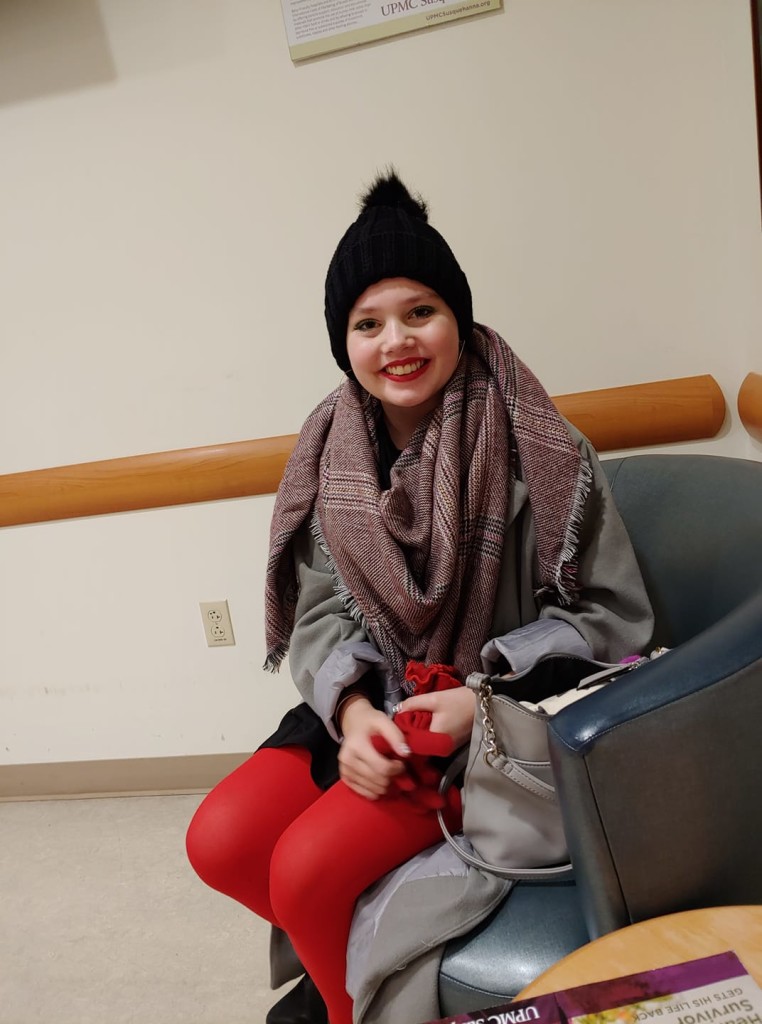 Currently, Olivia is in the maintenance phase of treatment with home chemo pills, a monthly clinic chemo, and quarterly lumbar punctures with methotrexate.
Currently, Olivia is in the maintenance phase of treatment with home chemo pills, a monthly clinic chemo, and quarterly lumbar punctures with methotrexate.